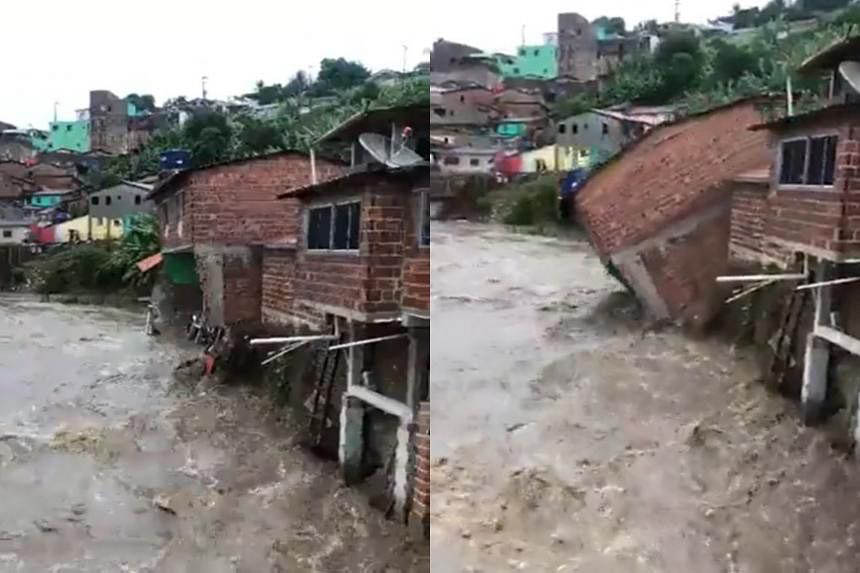RIO DE JANEIRO, (Reuters) – At least 35 people died amid heavy rainfall in northeastern Brazil on Friday and yesterday, as downpours lashed two major cities on the Atlantic coast, in what is the South American nation’s fourth major flooding event in five months.
In the state of Pernambuco, at least 33 people had died as of Saturday afternoon, as rains provoked landslides that wiped away hillside urban neighborhoods, according to the state’s official Twitter account. Another 765 people were forced to leave their homes, at least temporarily, according to the state government.
Authorities in the neighbouring state of Alagoas had registered two deaths, according to Brazil’s federal emergency service.
In late December and early January, dozens were killed and tens of thousands displaced when rains hammered Bahia state, also located in northeastern Brazil. At least 18 died in flooding in the southeastern state of Sao Paulo later in January. In February, torrential downpours in the mountains of Rio de Janeiro state killed over 230.
While much of Brazil spent the majority of 2021 in a severe drought, unusually intense rains started to arrive in the final months of the year.
The often-deadly flooding that followed has provoked debate over the potential role of climate change in Brazil’s volatile weather pattern and has focused attention on the nation’s often-haphazard urban planning.
Many of the deaths on Friday and yesterday occurred in Pernambuco state capital Recife. As in many urban areas in Brazil, many of Recife’s neighbourhoods have been built in locations vulnerable to land and mudslides.
Brazilian President Jair Bolsonaro was putting together a federal task force to send to Pernambuco on Saturday, according to local media.
His main opponent in an October presidential election, leftist Luiz Inacio Lula da Silva, lamented the flooding on Twitter.
“My solidarity to the families in the Recife metropolitan area who are suffering from the strong rains,” he wrote.

